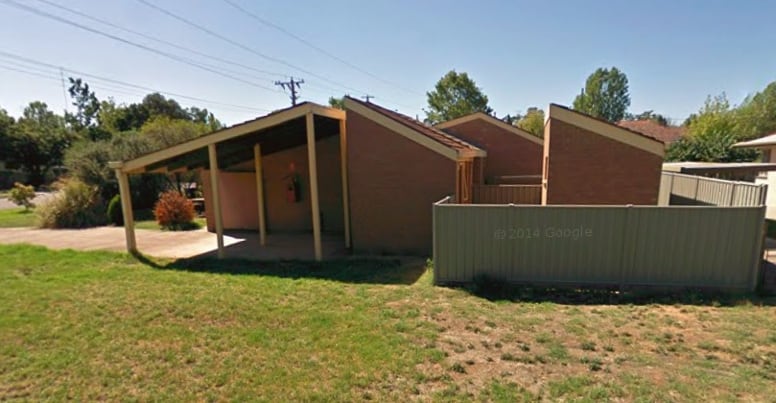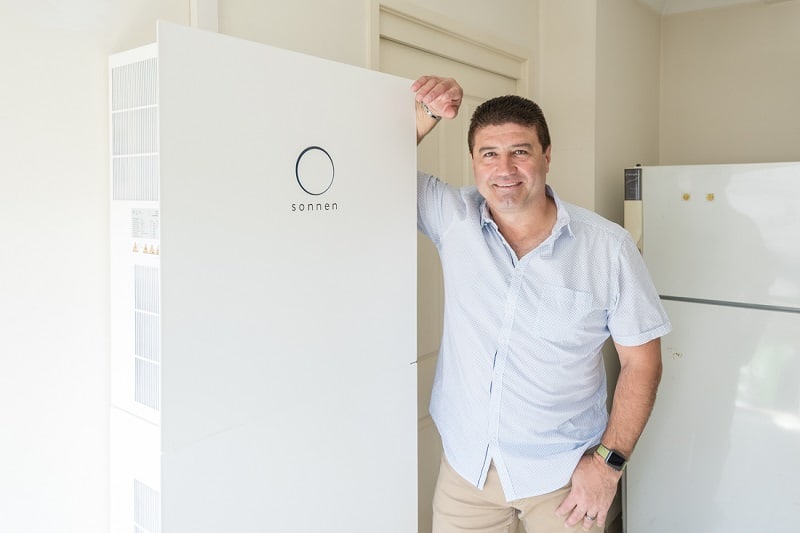Printable Solar Panels – at some point it may be possible to use a simple desktop inkjet printer to print your own solar cells. We’re a while off that yet, but with great advancements in the technology over the last couple of years, let’s take a look at what the future holds for printed solar cells!
Printable Solar Panels

We wrote last week about the University of Newcastle and their foray into printed solar cells – today we’re going to take a bit of a deep dive into the situation and see where we can expect this technology to go in the next few years.
The University of Newcastle are reporting that their latest tests in Newcastle brings them “about two years” away from launching their product onto the commercial solar market. Leading the charge has been University of Newcastle physicist Professor Paul Dastoor, who created the electronic inks which are used to print the flexible solar panels.
The process is According to the ABC, semi-conducting ink is printed on a transparent plastic sheet for the first layer, and then layers are printed on top of the other, until the cells are about 200 microns thick. For reference, human hair is around 50 microns. After that, a “top contact layer” is done again, reel-to-reel, using a technique known as sputter coating, according to Professor Dastoor.
They estimate the cost of their modules at less than $10 per square metre which is extremely cheap – the main problems are the efficiency of the printed solar panels and ensuring there’s enough space for them as it’ll take quite a lot of room on a roof. They use a lot of plastic to manufacture as well so looking at ways to recycle the waste of printed solar cells is extremely important. For that reason, in six months Professor Dastoor and his team will pull the printed solar cells off the Melbourne roof they’re currently on and investigate ways to minimise environmental waste.





